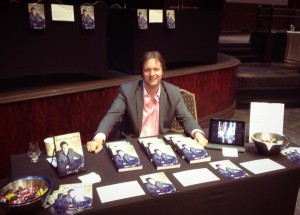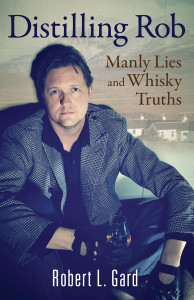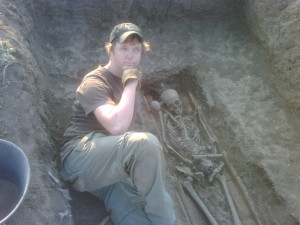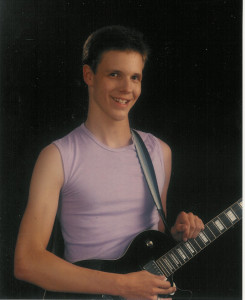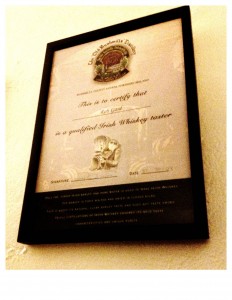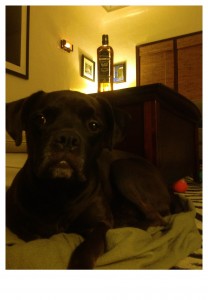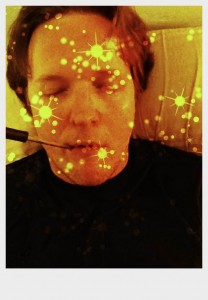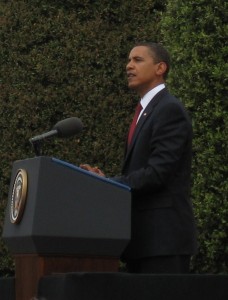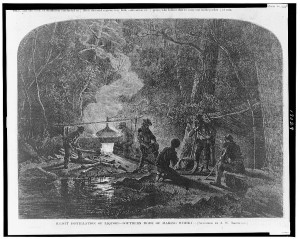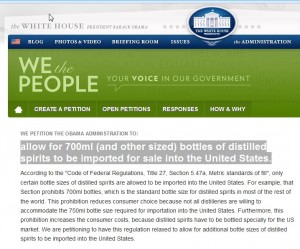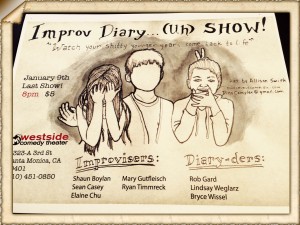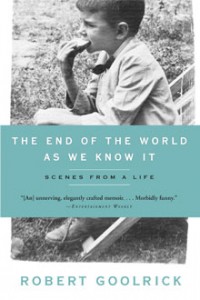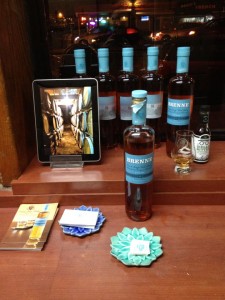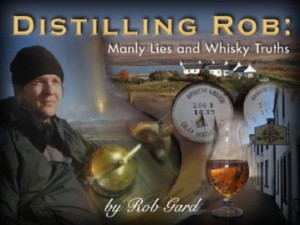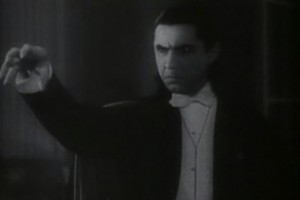I once had a girlfriend who always snapped at me, tossed things at me or punched me whenever she saw me looking in a mirror. Or a window. Or a silver metal object. Apparently, at that point in my life I was, according to her, “so f*#$%*# obsessed with checking [myself] out!” that I couldn’t pass a reflective surface without doing so. Admittedly, I was a dashing lad…
I would still be in ICU if she would have seen me at Whisky Live LA last week. I was surrounded by me. Lots and lots of me. For the first time since I started writing about whisky more than a decade ago, I was at an industry show and I wasn’t writing about it. My many pensive visages were scattered about the table where I sat selling copies of my book, “Distilling Rob.” There were Rob postcards, Rob posterboards and Rob books. More me than even I need to see.
It was a strange perspective – sitting down while everyone else walked from table to table sampling whiskies. I had people occasionally stop by my table asking who the guy on the book cover was (it’s only seven months since the photo shoot! It must have been the leather gloves in the cover photo that threw them off).
I sold more books than I expected helped by 1) my bombshell blonde friend, Erin, staffing the table with me, 2) whisky pulsing through the buyers’ veins, and 3) two big bowls of mini-candy bars at my table. I’ve gone to dozens of these shows. I know that mini candy bars are like gold after a certain point.
My position as an observer allowed me ample time to ponder the role of whisky shows in the wider whisky universe. Certainly, I would not have been sitting there hawking my memoir had it not been for my own exposure to whisky through attending a show years ago. That first whisky expo opened up a world of writing, traveling and publishing. The journey also led me to new friends around the globe and is responsible for me ending up on an archaeology expedition in Italy (that’s a whole post in and of itself).
When I first started attending expos it was like a Wild West show of whisky. All the biggest names in whisky were there launching new whiskies and telling tales of long-gone drams and distillers. There were pairing dinners, dozens of workshops and seminars. Everything about whisky was celebrated – the people, the culture, the innovation and the burgeoning awareness of the drink in the marketplace.
Recent shows that I’ve gone to have deemphasized the big picture of whisky to focus on the product. As a writer, I’ve found fewer interesting angles to write about coming from these events. And it seems like the types of people who attend the shows have also shifted as the purpose seems to be drinking whiskies verses learning about them.
There are still some knowledgeable and passionate people behind the whisky booths. But, during my brief excursions away from my table during the evening, I heard several of the young ladies tell the patrons they didn’t actually know much about the whiskies because they were models or actresses. Fair enough. That’s not new at these types of events. But, too many of the industry people who shared these booths with models seemed to be reciting language provided to them from their marketing overseers rather than genuinely engaging in a comprehensive conversation about the whiskies.
Then again, not many people on the receiving end, at least that I overheard, were particularly probing with their questions about the whiskies:
“Which is the best?”
“Is that the most expensive one?”
“What does that taste like?”
Not a single question about barley varieties, fermentation times, still shapes, and only a couple about casks.
I engaged people who stopped by my table by asking them questions about their favorite whiskies. Again, the conversation was underwhelming:
“My favorite? Um, the one over there. I think it’s bourbon though, not whiskey.”
“The one that smelled really smoky.”
“There’s this great rum…”
Am I too fondly remembering the “old days”? Certainly there were plenty of people then who drank solely to vomit, it seemed. But, there was also a more inquisitive feel to the shows. A sense of discovery, if not wonder. Maybe those inquisitive people evolved as I did and are now involved on a level that makes attending these shows redundant to their other pursuits of whisky tastes and knowledge.
Whisky Live LA was still fun and attendees seemed to really enjoy the experience. But, it’s kind of like someone seeing the Rolling Stones for the first time today compared to seeing them in the late 60s/early 70s. Great time now, but it was a GREAT TIME then.

